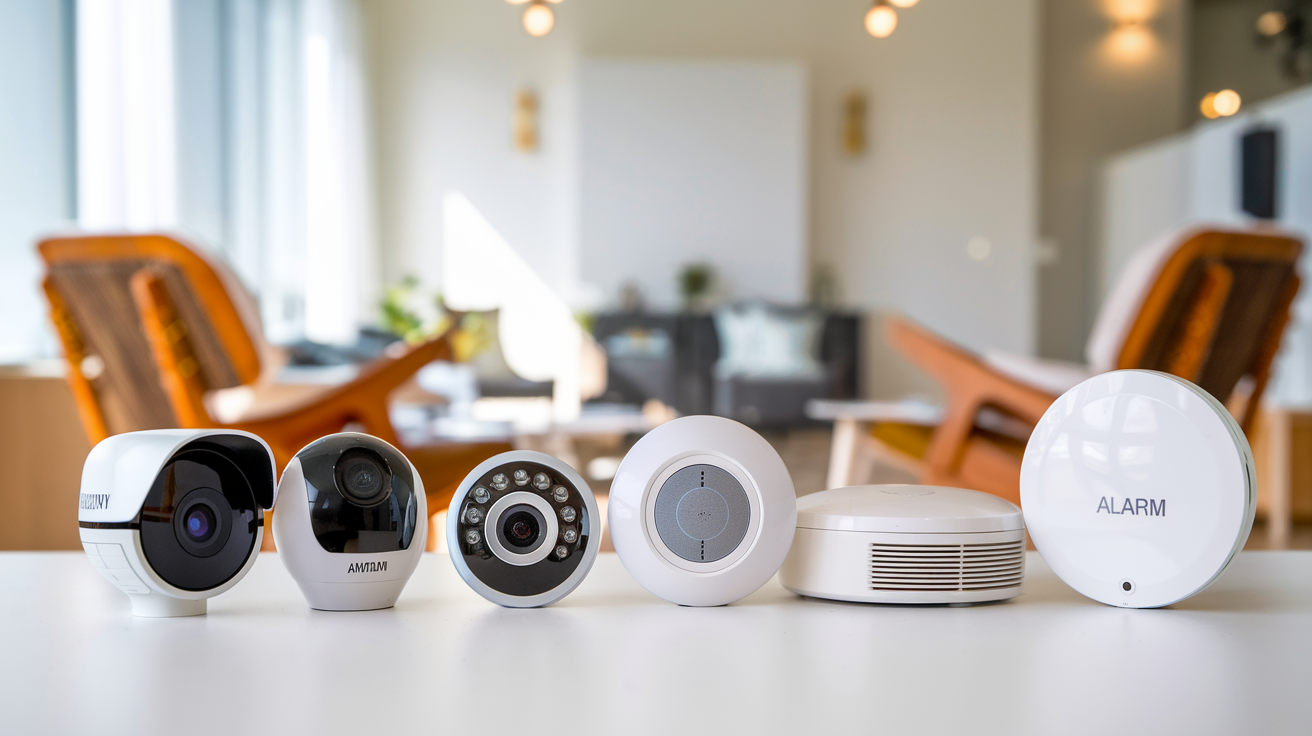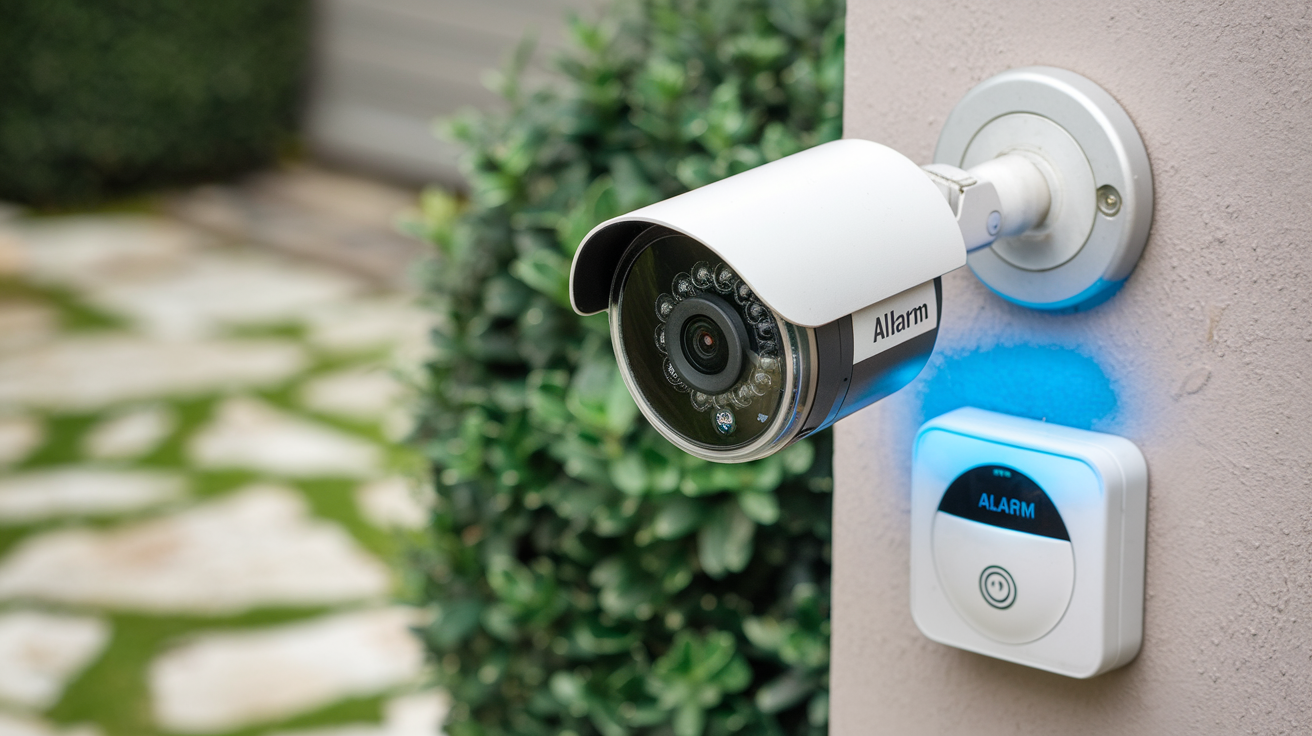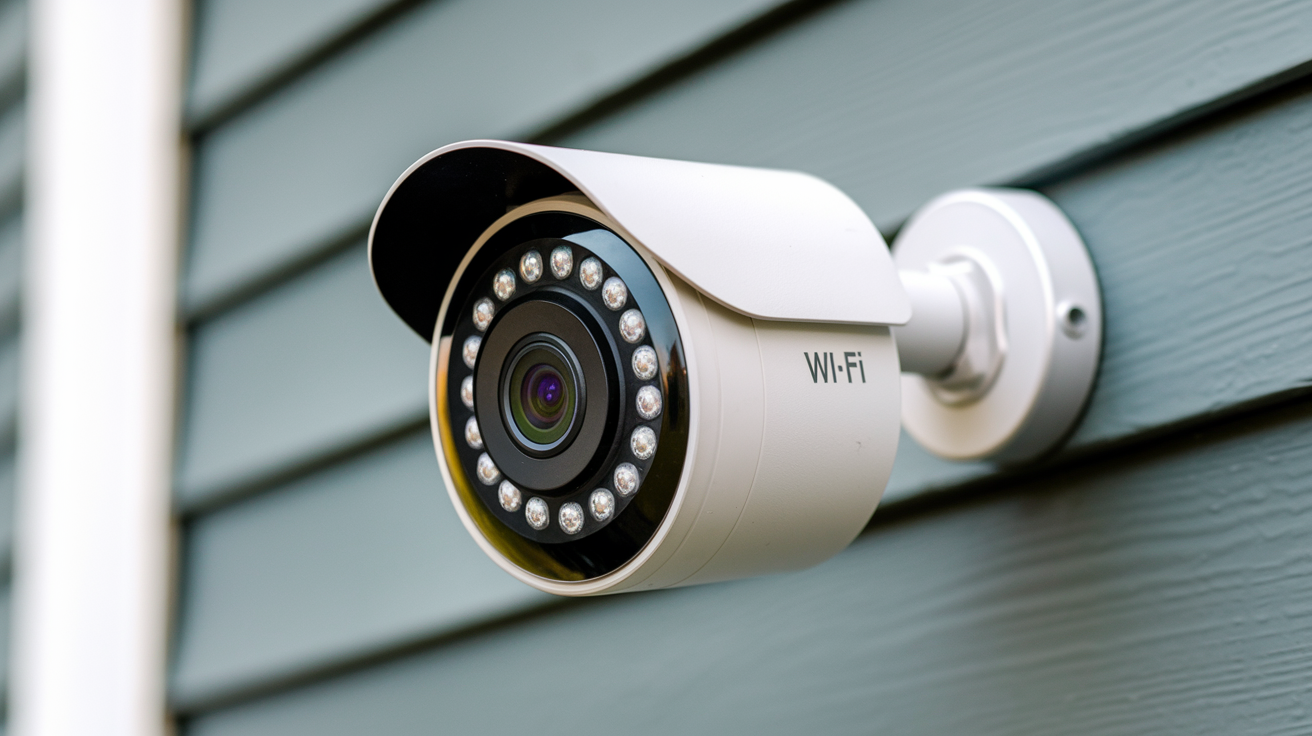A blink—an unconscious closure and opening of the eyelids—can happen in a few seconds. Especially the cornea and conjunctiva, this reflexive, conjugate, rhythmic blinking helps tears diffuse and trash from the exposed areas of the eyeball be removed. Blinking also guarantees constant moistness of the eyes.
What to Do When Your Eyes Contract?
The two sections of the eyelids—the upper and the lower ones—quickly shut to conceal the eye whenever you blink. Tears film is shed behind each eyelid to cover the surface of the eye.
Here’s exactly what happens:
1. The muscles around the eye, called orbicularis oculi, contract to start the blinking process.
2. The upper and lower eyelids click close together.
3. The relaxation of the orbicularis oculi muscles opens the eyelids once again in a couple of milliseconds.
4. The lids create a tear film covering the eye surface from tears, mucus, and oils during the blink process. Removing any dirt from the surface of the eye helps to keep the eye moist and clean.
5. Two little ducts at the corners of the upper and lower eyelids let the tears flow through them.
Thus, in brief, a blink helps to clean the eyes and lubricate them to protect them from any damage during the tear-spreading action by the eyelid.
What Triggers A Blink?
There are three types of blinks:
1. Blinks that occur without any intervention are known as spontaneous blinks and they occur about ten to twenty times in a minute in adults. Blinking is a reflex that helps to shield the eyes and keep them moist.
2. Reflex blinks – These happen about the reception of some stimuli such as in the presence of light, excessive light, dust particles, or any touch. It is useful in protecting the eyes from being damaged in one way or the other.
3. Voluntary blinks - These are deliberate blinks whose purpose is to maintain the normal functioning of the eyes. Sometimes we deliberately close our eyes more often for instance when we want to attract the attention of a certain person when we do not want that certain person to look at us or when we do not want to sleep.
Blinking can be triggered by:
- Such as dryness of the eyes.
- The problem of friction due to particle dust
- Fatigue
- Function of the nervous system
- Bright lights
- Stress, excitement, or any other feeling that might deem fit.
- Tactile stimulation of the facial areas such as the eyelid or cornea
- Reducing distractions during reading or using devices such as smartphones or tablets.
As we sleep and even when other activities in the body are relatively slow such as overall movement, we still blink. The number of blinks made per minute during wakefulness is around 10-20. This reduces to about 4 to 6 blinks per minute when we are asleep.
Blinking Facts:
This is some important information on blinking:
- Usually, the human eye blinks about 15,000 times per day.
- Every blink passes in between 100 and 150 milliseconds.
- In later years of life, blinks happen less often and with less power.
- Comparatively, to men, women blink an average of 13 times per minute and 32% more frequently overall.
- In infancy, the blink rate is quite low and falls between 1 and 2 blinks per minute.
- The human body's quickest reaction is the blink.
Importance of Blinking
- Prevents the eyes from drying out: Tears sweep across the eyeballs every time the eyelids blink. This guarantees that the surface of the eyes is always well-lubed.
- Removes irritants: Blinking helps to remove irritants by clearing smoke, dust, and other particles from the surface of the eye, therefore preventing pain.
- Spreads beneficial tear components: Every blink helps to repair the components of the tear film—that is, antibodies, lipids, proteins, oils, and mucus. These help to protect eyesight.
- Allows clear vision: Blinking helps to maintain the integrity of the tear film covering the eyes so that visual clarity is attained and helps to avoid eye drying out.
Problems with Blinking
Blinking causes certain issues including:
- The disorder consists of either fast or frequent eye blinking or involuntary eyelid muscular spasms.
- Bell's palsy or tumors are the reason for less blinking than usual.
- It describes a condition wherein the eyelids shut just partly during the blink.
- Blinking more often from dryness, light sensitivity, adverse effects from drugs, Tourette's Syndrome,
Dry eye syndrome.
Artificial tear eye drops help to rewet the ocular surface, therefore relieving eye discomfort or dryness brought on by lack of blink action. They wash the eyes and cover the cornea and conjunctiva with a fresh tear layer. They lack the natural benefits of a spread that occurs in the eyelid during regular blinking, however.
Hence, blinking is a natural process that helps maintain vision free from irritation or dust and comfort. The blink reflex is an unconscious movement that serves to protect the eyes numerous times a day!
Protect your home today with ADT’s top-rated security solutions!
Call now at +1 877-470-7879 to get a free consultation and find out how you can secure your home with the best in the business. Don’t wait—ensure your peace of mind with ADT!





